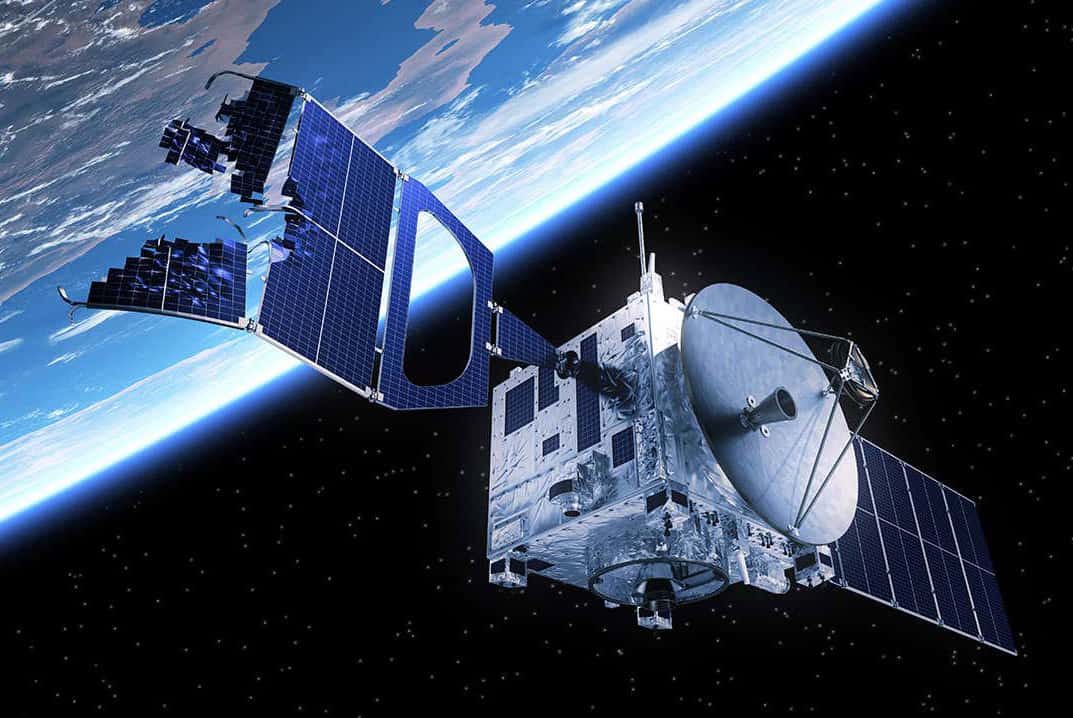

Primary command and control of the Milstar constellation is accomplished through a highly survivable mission control segment with both fixed and mobile control stations. Land-based terminals provide communications and data exchange for the mobile, ground-based warfighter. For example, sea-based terminals can be used to upload data in real time onto cruise missiles carried aboard submarines and guided missile destroyers.

The follow-on to Milstar, Advanced EHF consisting of 5 satellites, is fully backward compatible with Milstar and will form an integrated constellation of satellites.Ī key feature of the Milstar system is the use of interoperable terminals by the warfighters of the U.S. These 5 satellites, continuous 24-hour LDR and MDR coverage to the warfighter between 65 degrees north and 65 degrees south latitude. The higher data rates provide the user the ability to transmit large amounts of data in a short period of time. The MDR payload can transmit 4,800 bps to 1.544 Mbps of data over 32 channels. The other three satellites (Milstar II) carry both LDR and medium data rate (MDR) payloads. Encryption technology and satellite-to-satellite crosslinks provide secure communications, data exchange and global coverage. The LDR payload can transmit 75 to 2,400 bps of data over 192 channels in the extremely high frequency (EHF) range. The first two satellites (Milstar I) carry a low data rate (LDR) payload. There are five operational Milstar satellites. Milstar was designed to perform all communication processing and network routing onboard, thus eliminating the need for vulnerable land-based relay stations and reducing the chances of communications being intercepted on the ground. The objective of the Milstar program was to create a global, secure, nuclear-survivable, space-based communication system (considered a top national priority during the Reagan Administration in the 1980s). Designed to overcome enemy jamming and nuclear effects, Milstar is the most robust and reliable SATCOM system currently employed by the Department of Defense (DoD). armed forces with assured, survivable satellite communications (SATCOM) with low probability of interception and detection. Milstar provides the President, Secretary of Defense and the U.S.


 0 kommentar(er)
0 kommentar(er)
